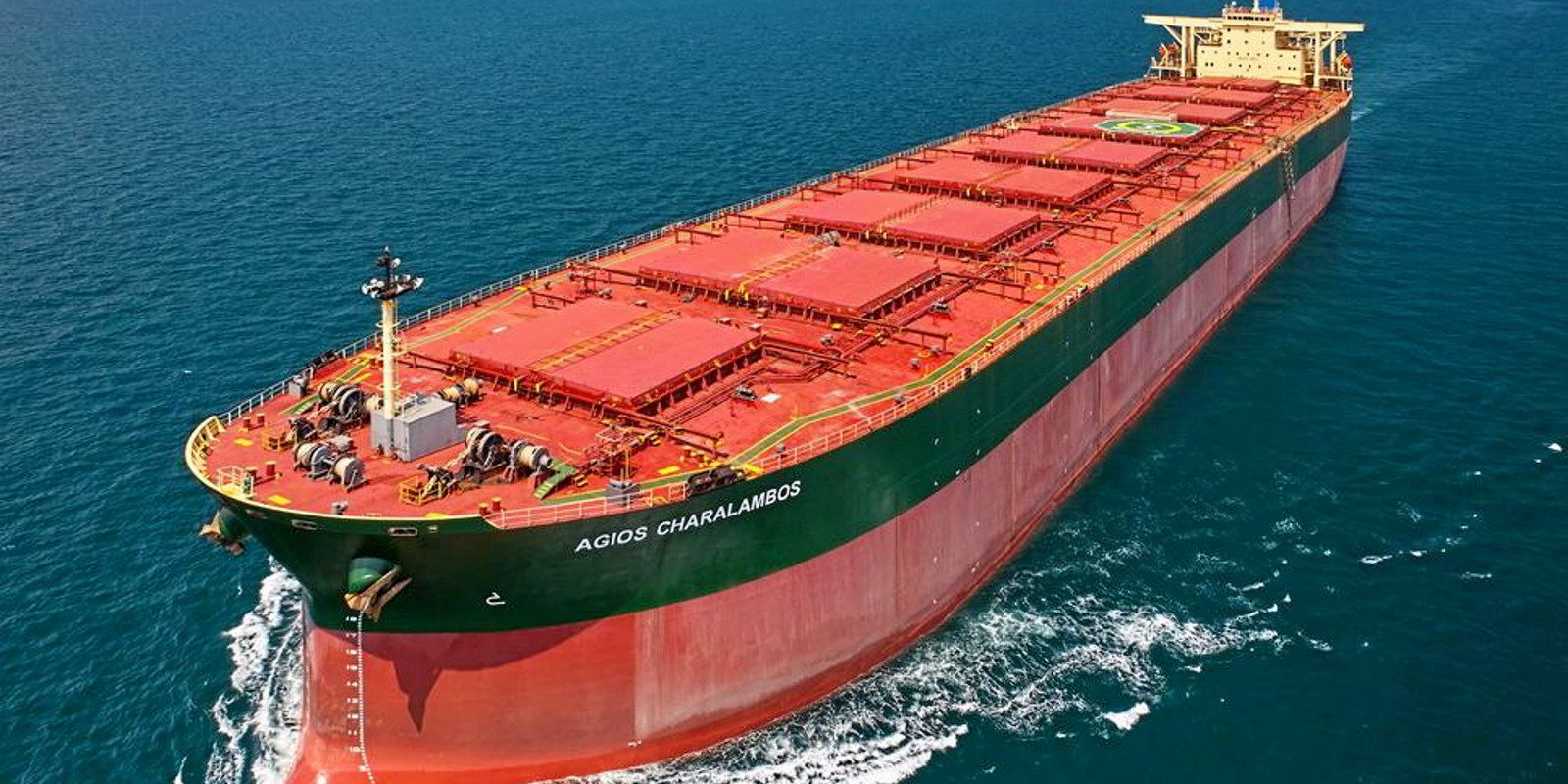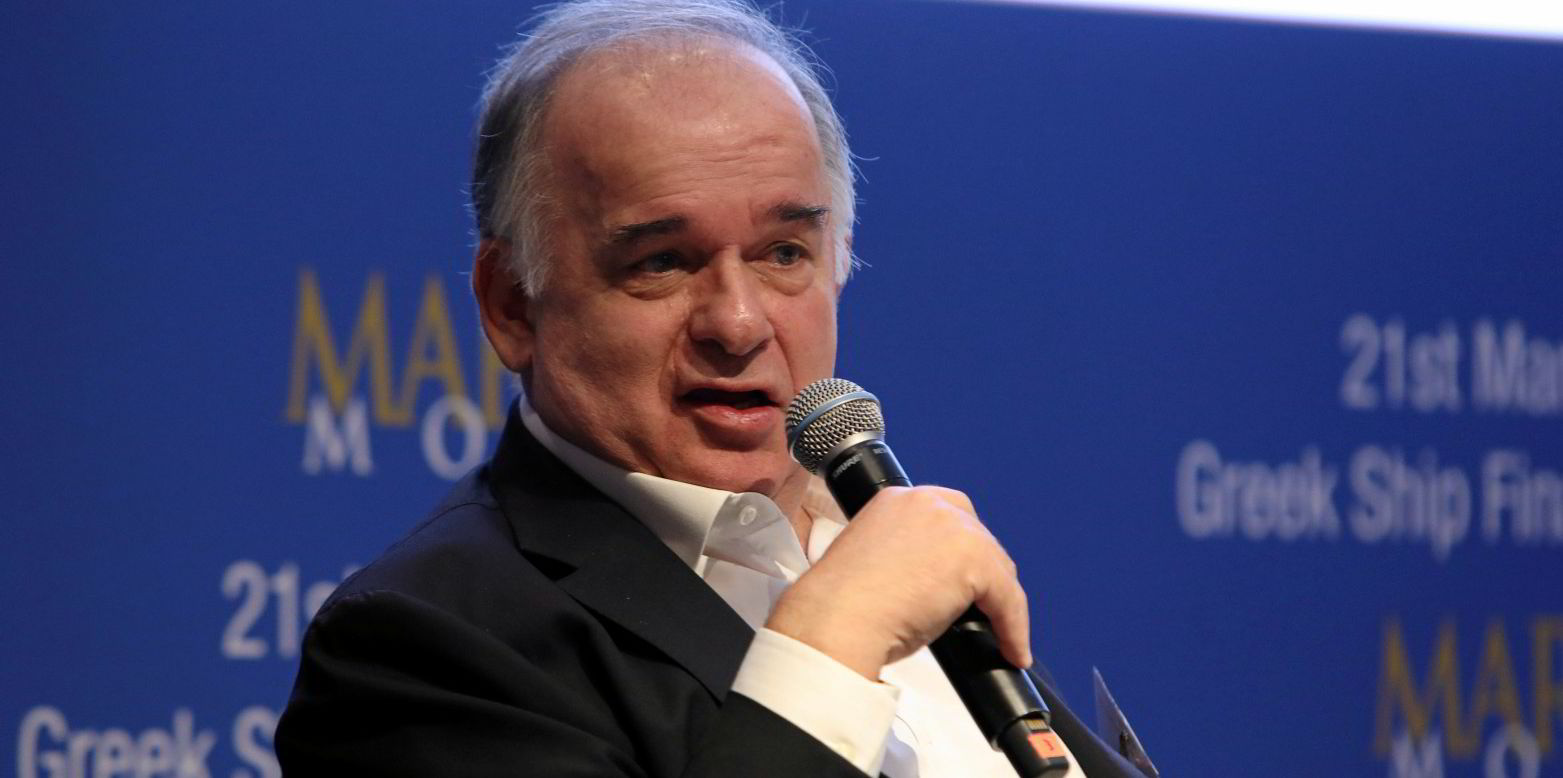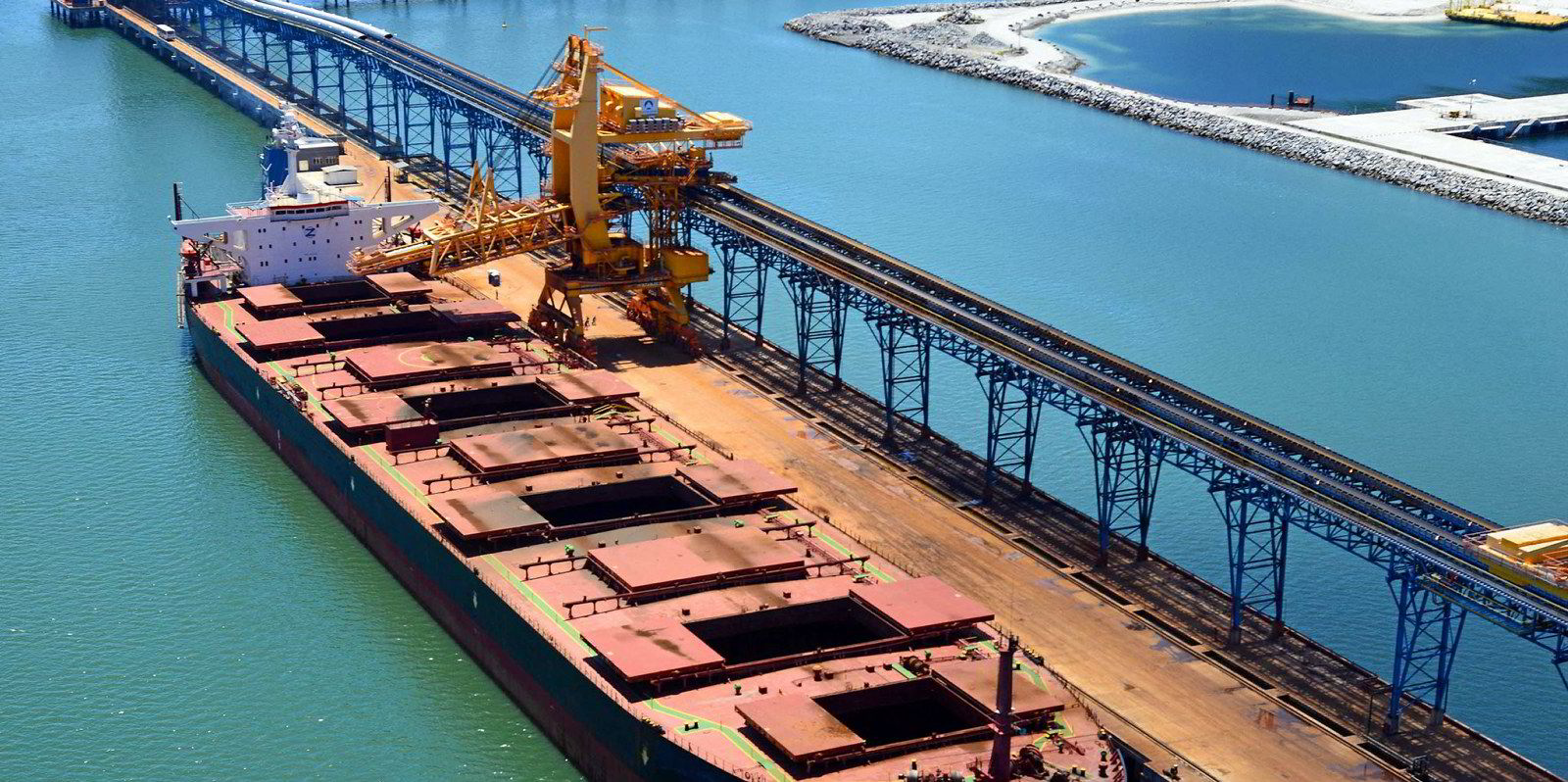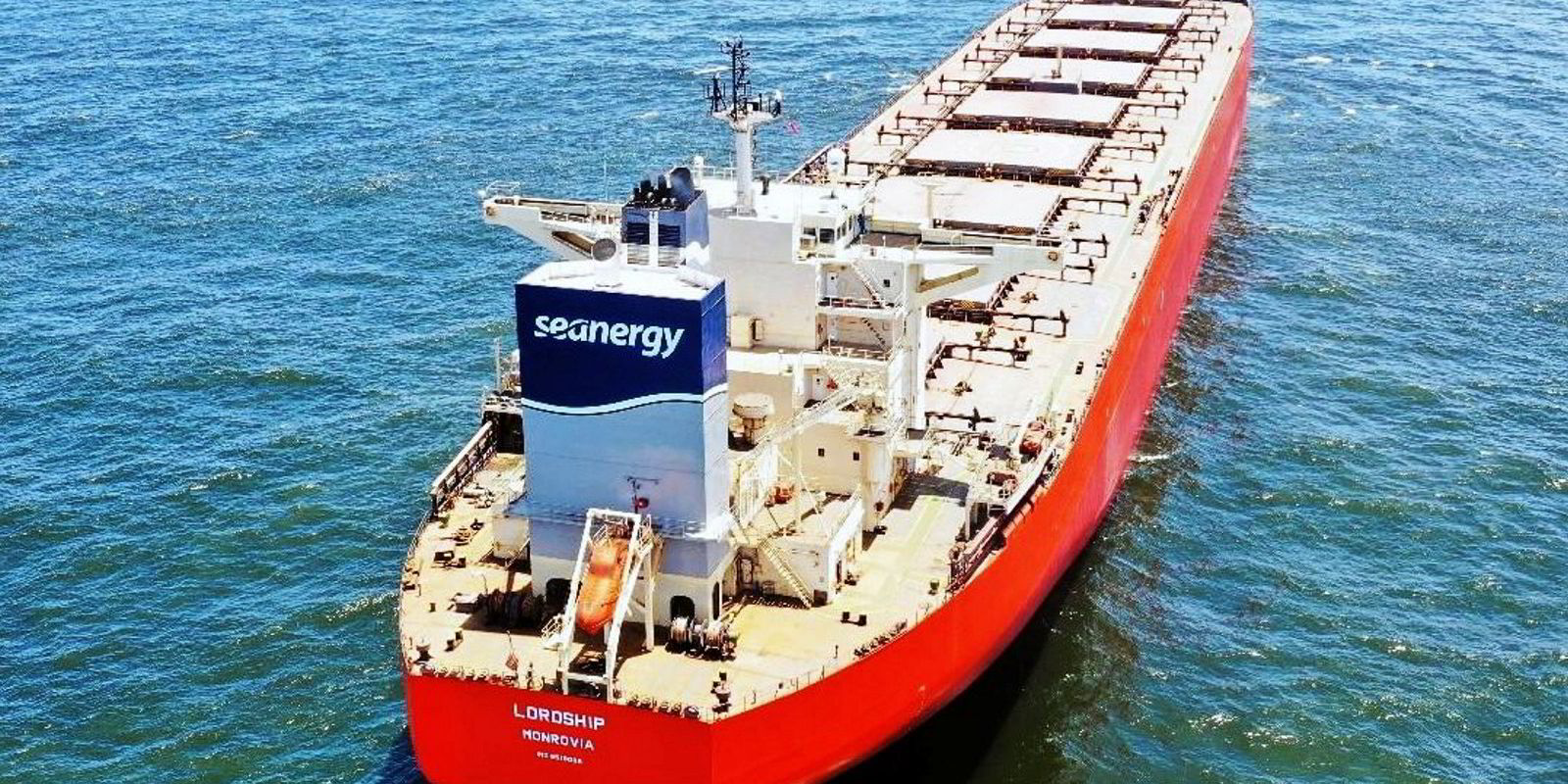Spot rates for capesize bulkers may reach $40,000 per day amid strong demand for iron ore and coal, but much depends on China's plans to curb carbon emissions, according to a sector expert.
However, capesizes are currently trading at a discount to smaller bulkers as activity in the market remains quiet.
Only two new capesize fixtures for iron ore came to light on Thursday, one in the Atlantic and one in the Pacific. Another vessel was fixed for coal as part of an ongoing tender by Korea Electric Power Corp.
In the Pacific, Rio Tinto fixed an unnamed capesize for an iron-ore trip from Western Australia to China at $12.25 per tonne, loading from 5 August.
This is an improvement on fixtures reported on Monday, when the mining giant was said to have booked two capesizes for the same trip at $11.25 and $11.45 per tonne, respectively, loading around the same time.
The capesize 5TC, a spot-rate average weighted across five key routes, improved by 3.3% on Thursday and was assessed at $30,098 per day, according to Baltic Exchange data.
The last time the assessment surpassed the $30,000 level was on 13 July when it hit $30,272 per day.
"I do believe we are bottoming out here and soon capes will once again start to rise towards the $40,000-per-day mark," John Kartsonas, founder of asset-management advisory firm Breakwave Advisors, told TradeWinds.
"That will be on the back of healthy Brazilian iron-ore volumes and surprisingly strong coal volumes that is taking increasingly more capesize ships from the overall pool."
"The result could be a strong market in the next few months, and I think freight futures are sensing this, thus the premium prices above spot."
The paper market has shown incremental gains over the past three trading days, with prices settling higher across the forward curve for all contracts until 2028.
Watching China
Kartsonas said freight rates may keep rising if Atlantic-basin coal volumes remain high in August, but they may fall if China lowers iron-ore consumption and steel output to hit carbon-reduction goals.
"China’s policy towards steel production and the associated emissions remains the major risk for the ongoing dry-bulk bull market," he said.
Spot rates for sub-capesize bulkers also picked up on Thursday, but whether they will continue to improve is anyone's guess, according to Rebecca Galanopoulos-Jones, research analyst for London broking house Alibra Shipping.
"At this stage, it’s hard to tell if it is just the usual volatility or something more significant, and we wouldn’t usually expect a rally at this time of year as the market begins to unwind for the summer," she told TradeWinds.
She said spot rates for the smaller ships received support from both basins this week amid strong commodity demand.
"We expect rates to remain firm for the rest of the year," she said.
The supramax 10TC weighted-average spot rate has moved up by 2.4% since Monday and was assessed on Thursday at $31,264 per day.
The handysize 7TC average spot rate has edged up 2.7% over the same time frame and was assessed at $31,072 per day on Thursday.







